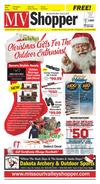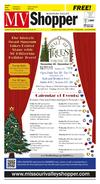122016_YKMV_A8.pdf








December 20, 2016 • Page 8
shop online at www.missourivalleyshopper.com
Cold Stress Affect the Energy Needs
of Cattle?
by SDSU iGrow
BROOKINGS, S.D. - Most beef producers understand that when the weather gets
colder their cattle need more energy for
maintenance. So at what temperature do
cattle actually begin experiencing cold stress
and then how much more energy do they
need? The answer takes a couple of factors
into consideration, explained Warren Rusche,
SDSU Extension Beef Feedlot Management
Associate. "The actual temperature and wind
speed interact to determine the effective
temperature," Rusche said. He referenced
Table 1 which shows the dramatic effect wind
speed has on the effective temperature the
cattle experience. "Based on what we know
about wind's impact on effective temperature - goes to show that any kind of available
protection, whether natural or man-made,
can be very valuable in reducing wind chill
and the negative effects of cold environments," he said. When do cattle begin to feel
cold stress? The point of cold stress or lower
critical temperature, depends in large part on
the amount of insulation provided by the hair
coat. Referencing Table 2, Rusche showed
that insulation value changes depending on
the thickness of the haircoat and whether
it is dry or wet. "As a general rule, for every
degree that the effective temperature is below
the lower critical temperature, the cattle's
energy needs increase by 1 percent," Rusche
said. For instance, if the effective temperature
is 17 degrees Fahrenheit, the energy needs of
a cow with a dry winter coat are about 15 percent higher than they would be under more
moderate conditions. That energy requirement jumps up to about 40 percent higher
under those conditions if the hair coat is completely wet or matted down with mud. "It's
important to remember that cattle can adapt
to short term weather changes relatively well
without a significant impact on performance,"
Rusche said. He explained that cattle can deal
with a few cold, miserable days without suffering long-term effects. However, ignoring the
energy costs of long-term cold stress greatly
increases the risk of poor performance later.
Muddy conditions in a feedlot are especially
detrimental to performance. "Any steps
that can reduce cold stress, such as providing wind protection or bedding will reduce
maintenance requirements and maintain
performance," he said. For additional information on the use of bedding in a feedlot, visit
iGrow.org and search for the article titled,
Bedding During Winter Months Pays Off. Feed
in-take Although beef cows fed high-roughage
diets often respond to cold stress by increasing voluntary feed intake, the same is not
necessarily true for feedlot cattle being fed
high-concentrate diets. "Especially if cattle
must contend with poor lot conditions due
to mud, ice, or snow," Rusche said. There are
some management considerations to keep in
mind regarding changes in feed intake in response to cold stress: Make sure that water is
available. Feed intake will be reduced if water
availability is restricted for any reason such
as frozen water lines or slippery footing near
waterers. If the feed availability is limited either by snow cover or access to hay feeders,
the cattle may not have the opportunity to
eat as much as their appetite would dictate.
Be careful providing larger amounts of high
concentrate feeds. Rapid diet changes could
cause significant digestive upsets.
Grant Helps Connect Legal
Workers with Dairies
by SDSU iGrow
BROOKINGS, S.D. - With
the help of a Community
Innovation Grant awarded
to SDSU Extension July 2016,
Maristela Rovai, Assistant
Professor & SDSU Extension
Dairy Specialist recently
traveled to Puerto Rico to
host recruitment meetings to
help fill labor shortages faced
by South Dakota dairies.
"The dairy industry faces
a labor shortage, so we are
working to help connect
South Dakota dairy farmers
with legal Puerto Rico workers in need of employment,"
explained Rovai.
SDSU Extension is working with the Upper MidwestPuerto Rico Educational Collaborative (UMPREC) project
to build capacity for the
South Dakota dairy industry
by creating a path to recruit
legal Puerto Rican workers.
During the recruitment
meetings, which were held
in various locations across
Puerto Rico, Rovai met with
government officials and
interested employees to
explain expectations, answer
questions and develop an
open dialogue which will
hopefully result in employment on South Dakota
dairies.
Managing Cattle through an Arctic Blast
by SDSU iGrow
BROOKINGS, S.D. - Extremely cold temperatures are gripping the cattle feeding areas of the Northern Plains. Although cattle
producers can't alter the weather, there are
management steps that can be taken to help
maintain cattle health and performance,
explained Warren Rusche, SDSU Extension
Beef Feedlot Management Associate.
Rusche outlines research which shows
that by managing bedding, pens and feed
intake, producers can help their cattle
through the extreme weather.
Bedding
"Providing bedding is the most useful
tool to improve cattle comfort, especially in
outside yards," Rusche said.
Bedding helps cattle preserve body
heat and reduce the impact of cold stress
on maintenance energy requirements. Visit
iGrow to read "Bedding During Winter
Months Pays Off," to gain insights into how
using bedding can affect cattle performance
during the winter.
When extreme cold weather is expected,
feeders should start bedding sooner rather
than later, said Rusche, quoting Dr. Erik
Loe, Consulting Beef Cattle Nutritionist with
Midwest PMS, LLC. "His experience suggests that waiting until cattle are exhausted
before providing bedding results in calves
simply "resting up" on the bed pack and
rather than continuing to eat their ration,"
Rusche said.
He explained that this could result in
diminished performance and increase the
risk of digestive upset when cattle resume
eating.
In extreme cold conditions, the priority
pens for bedding should be the lightest
calves (less than 750 pounds) and cattle
that are within 45 days of being shipped.
Research shows that bedding the almost
finished cattle helps avoid negative impacts
on carcass quality and can also reduce the
chances for injury or mobility problems late
in the feeding period caused by cold or icy
conditions.
Managing Feed Intake
Keeping feed intake consistent is a challenge during extreme weather conditions.
"Some days keeping machinery running to
simply get the cattle fed on time is a major
accomplishment. Inconsistencies in feed
intake lead to poorer conversions and in
extreme cases, acidosis," Rusche said.
By adding additional roughage to a
finishing diet - for example, feeding 12-13
percent instead of 10 percent roughage, for
instance) - could reduce the impacts of any
inconsistencies in feed consumption.
Backgrounding cattle are usually fed to
achieve a certain ADG (average daily gain)
target.
"Extended periods of cold conditions
can cause cattle to fall short, especially if
the cold temperatures last for an extended
period of time," Rusche said. "Increasing
the energy content by another 2 to 4 Mcal
NEg (megacalories of net energy for gain)
or increasing the amount fed by an additional 0.2 percent of body weight might be
required to meet production targets."
Pen Maintenance
Lot conditions, particularly ice, can affect feed consumption.
"Slick areas on the feed bunk apron and
around waterers can reduce the willingness of calves to come to eat or drink, not
to mention the increased risk of injury,"
Rusche said.
Mud can also become an issue. "Keep in
mind that today's snow can easily become
tomorrow's mud. Muddy conditions in the
feedlot can be one of the biggest issues in
getting cattle to perform during the winter
and early spring," Rusche said.
Anecdotal evidence suggests that
muddy yards can result in as much as 100
pounds difference in final weight between
cattle of similar genetic type that were fed
similar rations.
Removing snow and scraping outside
pens can be incredibly difficult to accomplish, especially during extreme weather
conditions. However, anything that can
be done to remove snow and improve lot
conditions now will pay off in later as the
lot surface starts to thaw.
AUCTIONS
CREIGHTON LIVESTOCK MARKET
FRIDAY, DECEMBER 23rd, 2016 • 11:00 AM
BRED COWS & HEIFERS
F. PICK: 90 Black Running Age Cows, Bred to Stewart &
Steffianson Charolais Bulls, Calf 3-01, Complete Dispersal
R. KOPECKY: 70 Black & a few Blk Baldy Mostly Coming 3rd Calf
Cows, Bred to Schaff Angus Bulls, Calf 3-1
C & P FISCHER: 70 Angus & a few Baldy Running Age Cows,
Bred Angus, Calf 2-1
J. SMITH: 60 Black & Blk Baldy Cows, Bred Black, Calf 3-1
G. KATHOL: 35 Black & Blk Baldy Running Age Cows, Bred
Angus, Calf 3-15
L. SPANGLER: 25 Black & a few Crossbred Running Age Cows,
Bred Angus, Calf 3-25
M. BECKER: 25 Black Angus Running Age & Short-term Cows,
Bred to Angus Composite Bulls, Calf 3-10
RRAM LIVESTOCK: 24 Black Running Age Cows, Bred Black,
Start 3-1 for 70 Days, Poured
M. HRBEK: 17 Black Running Age Cows, Bred to Simm-Angus
Bulls, Calf May & June
L. NIELSEN: 17 Black & Baldy Running Age Cows, Bred Angus,
Calf 3-10
L. RADER: 13 (7) Black Young Cow-Calf Pairs, Exposed Back, (6)
Black Running Age Cows, Bred Black, Calf 3-1
T. WILCOX: 12 Black Angus Bred Heifers, Bred to Conneally
Irish Son, Calf 3-1 for 20 days
K. BUSCHKAMP: 11 Red Angus Running Age Cows, Bred Red
Angus, Calf 4-1
B. DARTMAN: 10 Black & BWF Running Age Cows, Bred Black,
Calf 3-15
R. ELAM: 7 Black & BWF Bred Cows, Exposed to Black Bulls for
60 days
B. KRUTZ: 4 Black (2) Solid Mouth & (2) Broken Mouth Cows,
Bred Black, Calf 3-1
M. WETZLER: 2 Black Broken Mouth Cows w/ 4 Month Old
Calves at Side, Exposed Back
UPCOMING SALES
December 27 & Jan 3 – No Sales
Watch our Auctions Live @ www.cattleusa.com
We are your local representatives for Superior Livestock
Auction video auctions. Call for details.
CREIGHTON LIVESTOCK MARKET
402-358-3449 Toll Free # 1-877-SALEBARN
www.creightonlivestock.com
creightonlivestockmarket@hotmail.com
Ryan Creamer 841-5693 • Joel Kumm 992-0678
Dick Suhr 358-0269 • Keith Saathoff 841-6795
Harlan King 640-4774
MADSEN AUCTION
SERVICE
Pictured here (second from far right) with Jose D. Melendez Vargas, Dept. of
Labor in Ponce; Carlos A. Román Román, San Juan Dept. of Labor; Héctor
Pérez Jiménez, Dept. of Labor of Ponce; Jezenia Cruz Rodriguez, San Juan
Dept. of Labor; (Maristela Rovai) and Stanley Moore (MSU Extension).
"Because of the high rate
of unemployment in Puerto
Rico (12 percent) there is a
real interest in work on dairies in South Dakota," Rovai
said.
She added that many who
attended the recruitment
meetings have agriculture
work experience and expressed an interest in learning new skills.
Moving forward, Rovai
and the SDSU Extension team
are available to help dairies
in training their employees.
"Our collaborative proposal
includes the possibility of
developing a comprehensive
training program in Spanish
to address not only current
industry standards and best
management practices in
dairy farming, but also social
and cultural differences,"
Rovai explained.
Courtesy of iGrow. With
the help of a Community
Innovation Grant awarded
to SDSU Extension July 2016,
Maristela Rovai, Assistant
Professor & SDSU Extension
Dairy Specialist recently
traveled to Puerto Rico to
host recruitment meetings to
help fill labor shortages faced
by South Dakota dairies.
Safeguarding the Food
We Eat
by SDSU iGrow
BROOKINGS, S.D. - One
out of every six Americans
will become sick from foodrelated illness in the course
of a year, according to the
Centers for Disease Control
and Prevention.
"They're not talking
about feeling queasy after a
big holiday meal, or heartburn from a convenience
store burrito. That statistic
refers to illnesses caused
by foodborne germs such
as Salmonella, E. coli and
Listeria," said Russ Daly,
Professor, SDSU Extension
Veterinarian and State Public Health Veterinarian.
Daly explained that
pathogens can enter food
at various points in the
production of food - from
the initial animal or plant
source, through processing,
to cooking and serving.
"The people involved
in making our food take
product safety very seriously. Because many raw
products can harbor some
illness-related germs, they
go to great lengths to make
sure their processing equipment is not a potential
source of contamination.
Large companies spend
significant resources to
monitor their processes to
ensure safe food products,"
Daly explained. "But small
food processors have the
same commitment to safety
and quality, yet may not
have the resources for their
own laboratory and testing
schemes."
To help protect South
Dakotans from food borne
illnesses, the Animal Disease Research and Diagnostic Lab (ADRDL) at SDSU
has a specific lab dedicated
to food safety testing for
smaller, family businesses
like the local locker plant.
"It's a very natural fit,"
said Daly. He explained
that the Animal Disease Research and Diagnostic Lab
serves as the testing agency
for South Dakota's state
meat inspection program.
"Most foodborne germs
are very similar to those
the lab routinely diagnoses
in cases of animal disease.
The lab already has the
people, equipment, and
most importantly, the
knowledge to rapidly and
accurately detect these
germs in food," Daly said.
On any given day, the
food safety lab receives
sausage, lunch meat, beef
sticks and similar products
from businesses across
the state for foodborne
pathogen testing. To ensure
their sanitation processes
are working, in addition
to meat, the lab also tests
samples taken from tables,
meat saws and knives.
"What's more, this level
of expertise is recognized
by two other states (North
Dakota and Vermont) who
also use SDSU's food safety
lab for their inspection programs rather than those in
their own state," Daly said.
WE ARE PAYING CASH FOR:
Estates
Houses/Real Estate
Personal Property
Moving Services
Quick and easy load out
at your convenience
Call Gary Madsen
605.638.0643
Hazen Bye
605.624.4474
Dakota Realty # 11665
fcsamerica.com
THERE’S A REASON
REAL ESTATE BUYERS
LAND WITH US.
When you ?nance farmland with us, you
aren’t just another customer – you are a
customer-owner. So along with our attractive
rates and exceptional terms, you get a voice
in how we work and a share of what we earn
in the form of cash-back dividends. Call us to
learn more.
YANKTON OFFICE:
605-665-9675 OR
800-658-3631
Want your business
to be seen?
Get your display ad here!
Call 605-665-5884
Or Drop By At 319 Walnut St.
Holiday Early Deadlines
December 27th Edition
Deadline is
Thursday, Dec. 22nd at noon
January 3rd Edition
Deadline is
Thursday, Dec. 29th at noon
The Missouri Valley Shopper
will be closed on:
Monday, December 26th
and Monday, January 2nd.
Happy Holidays from all of us at the...
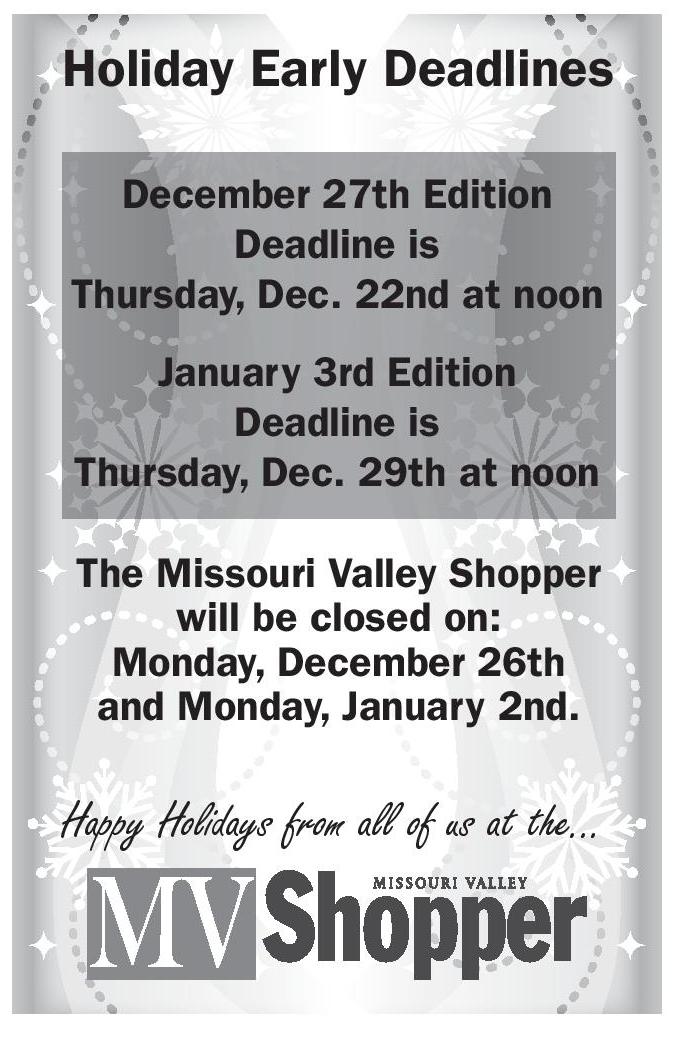


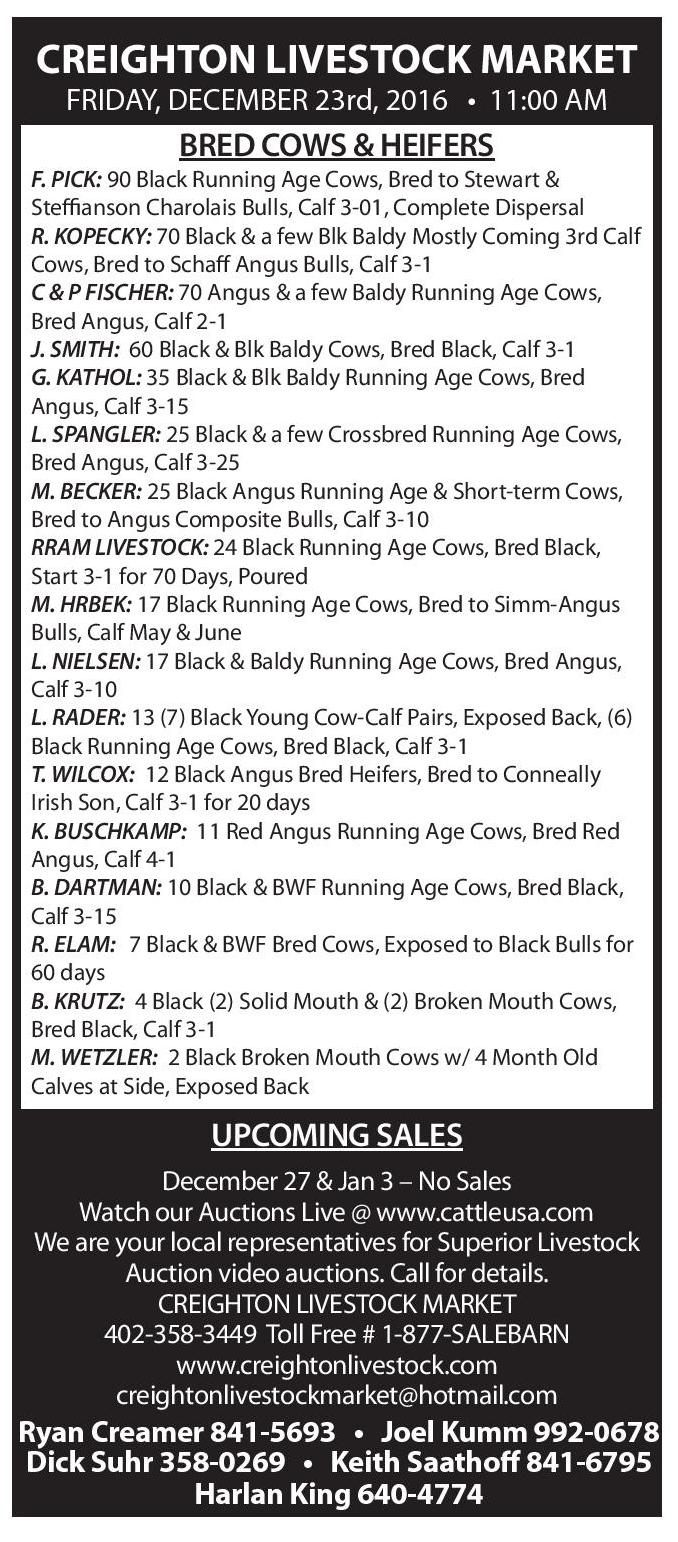

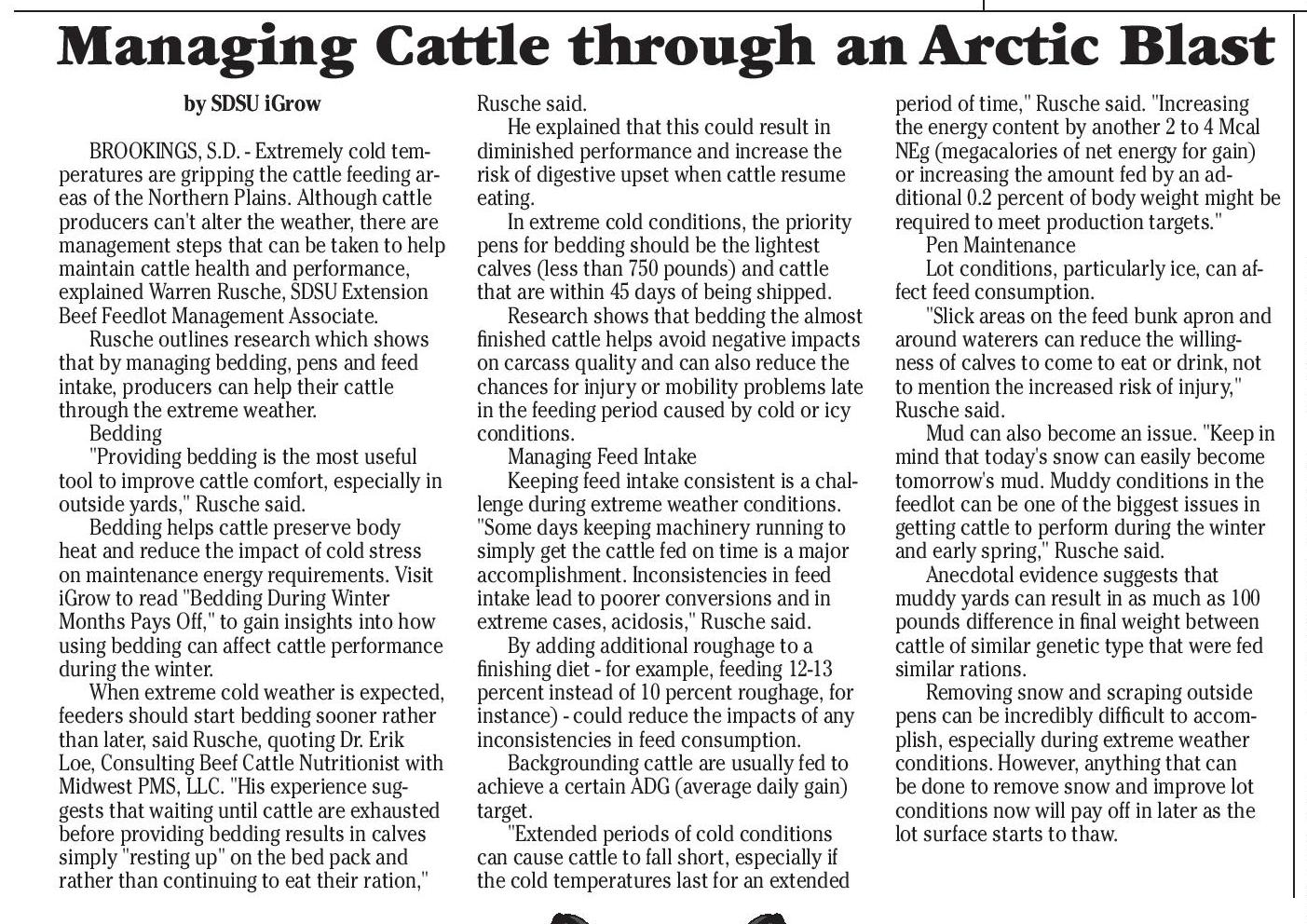
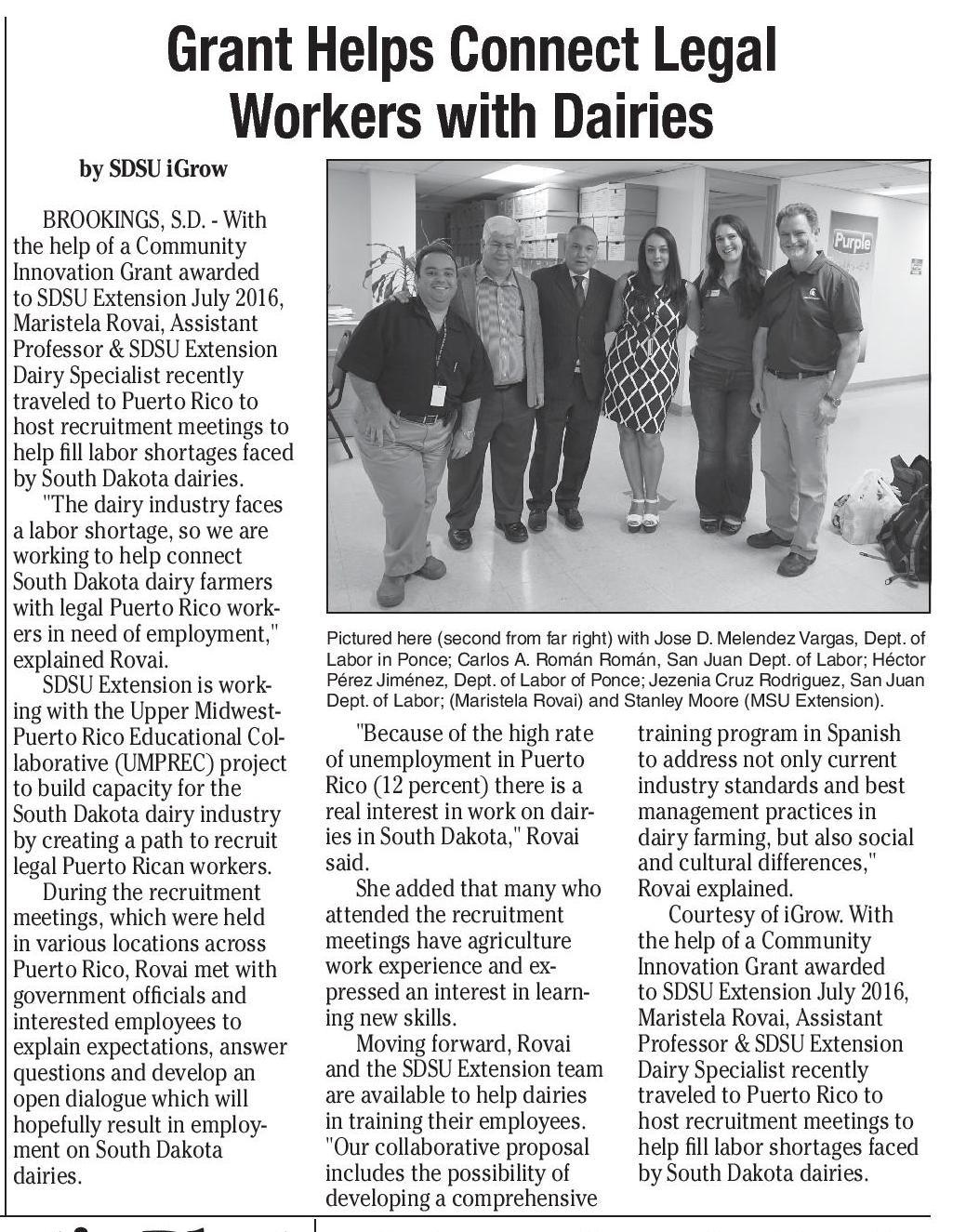
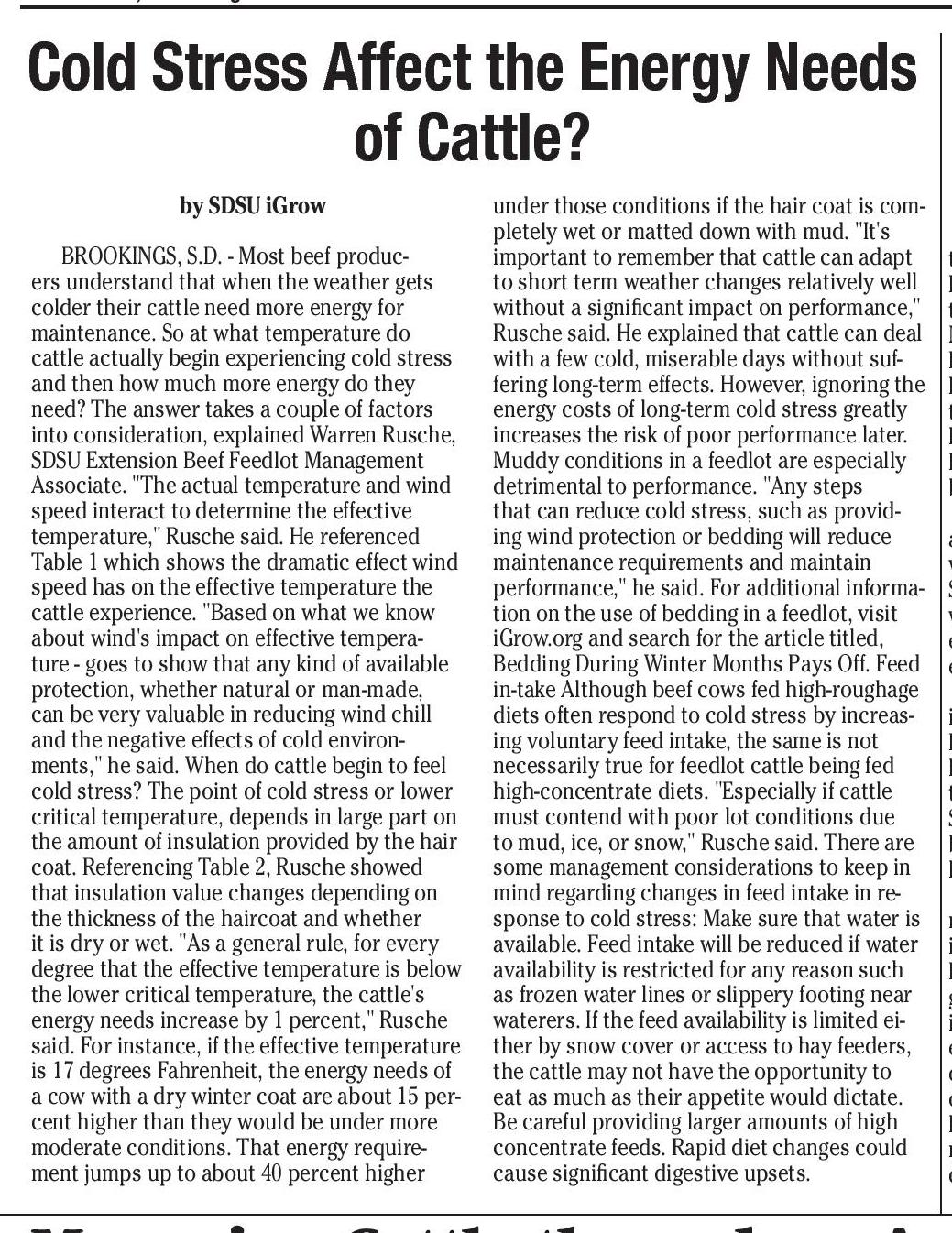



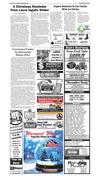

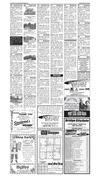
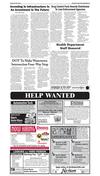
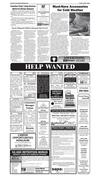
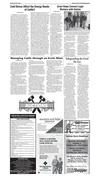
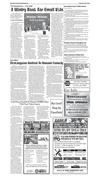
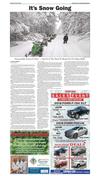
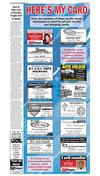
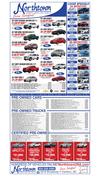
 Previous Page
Previous Page


